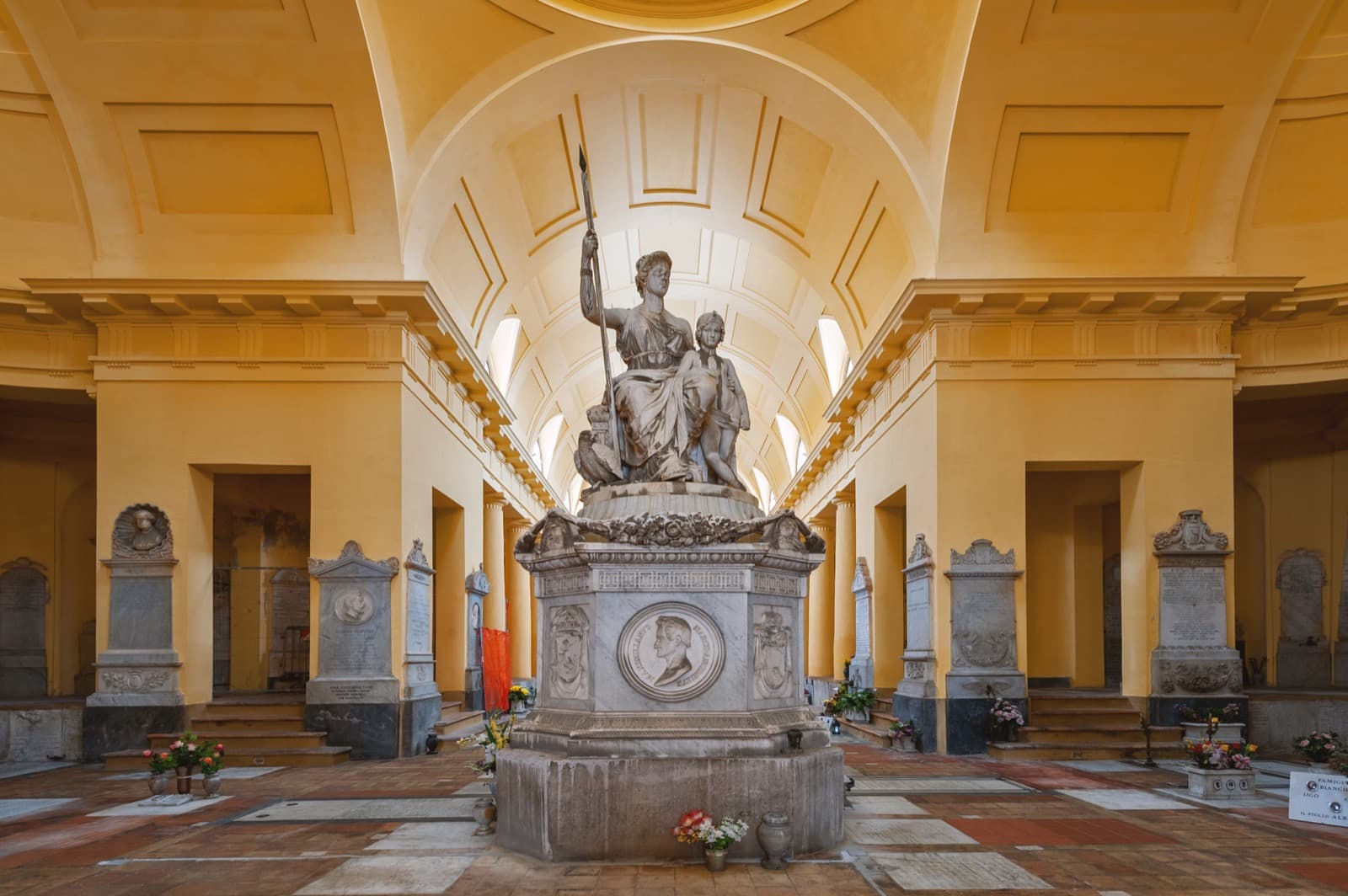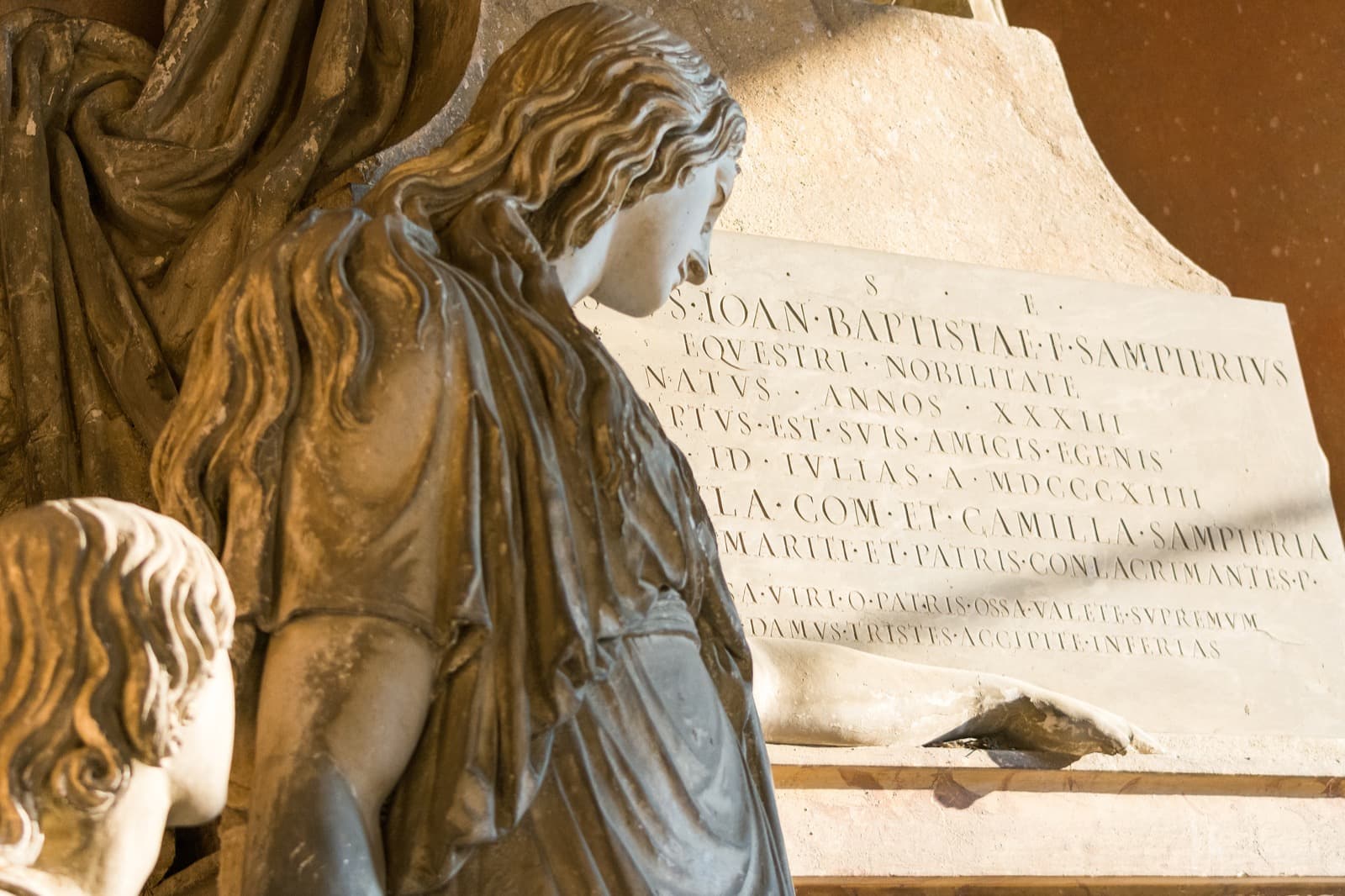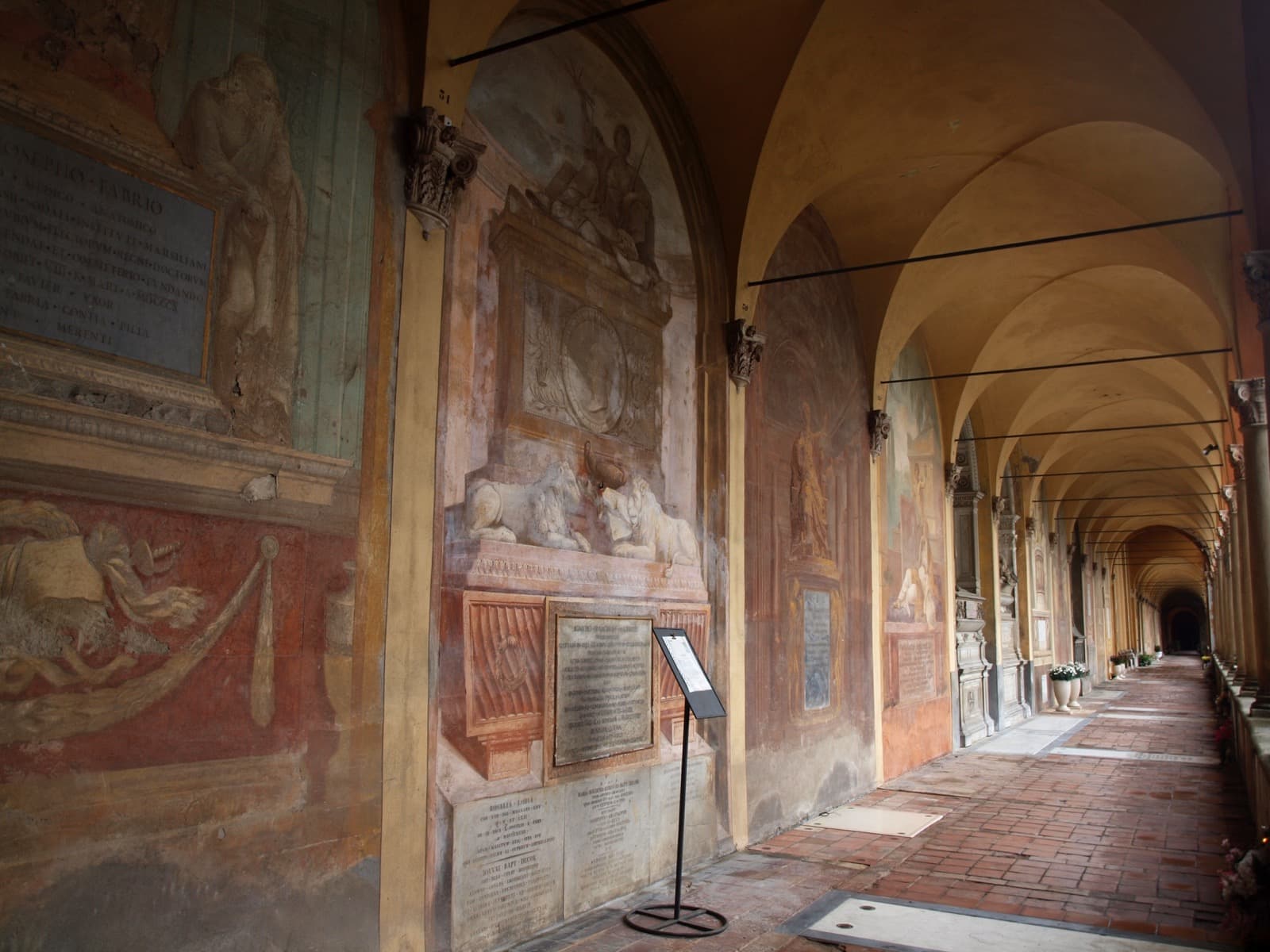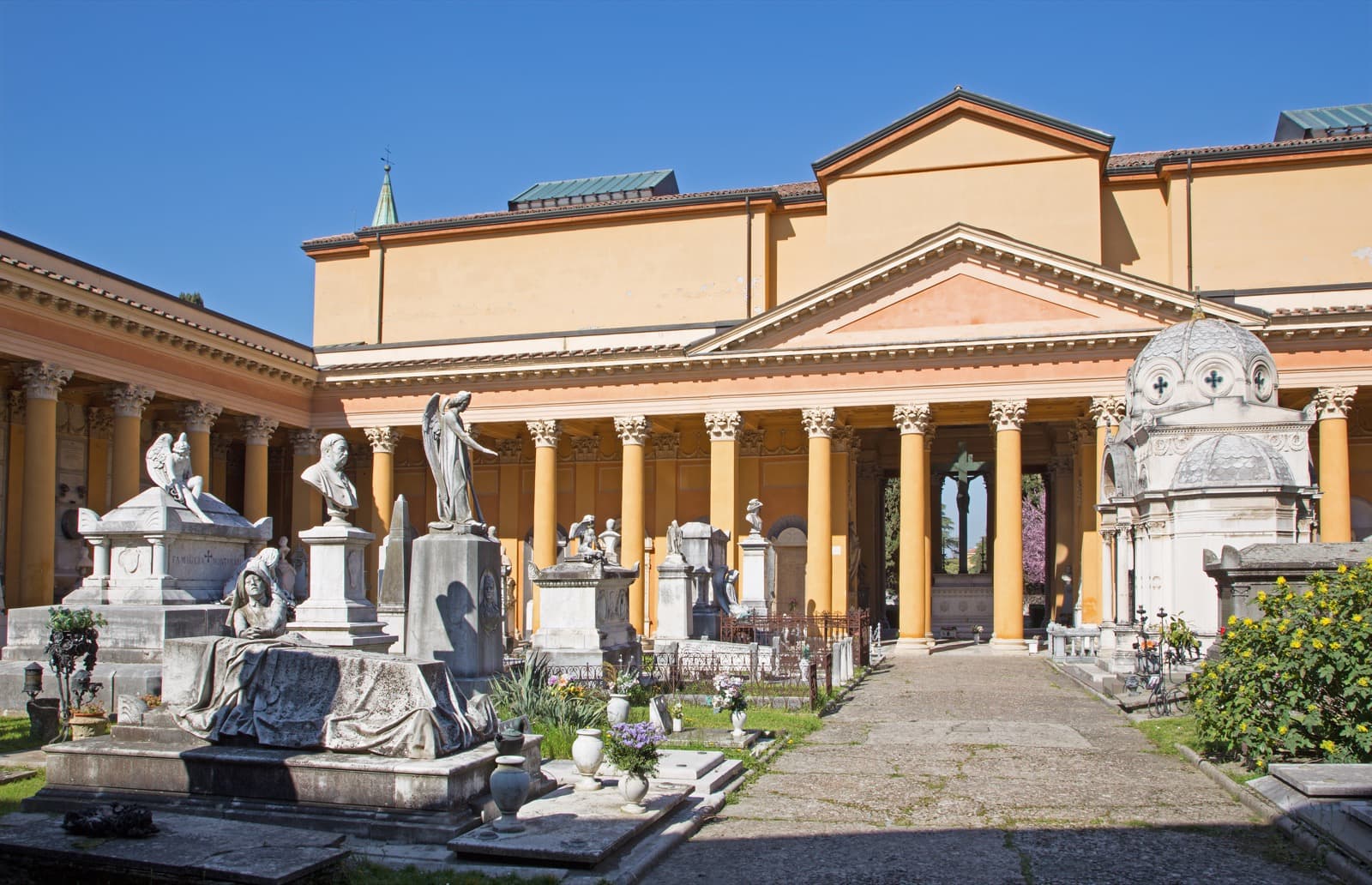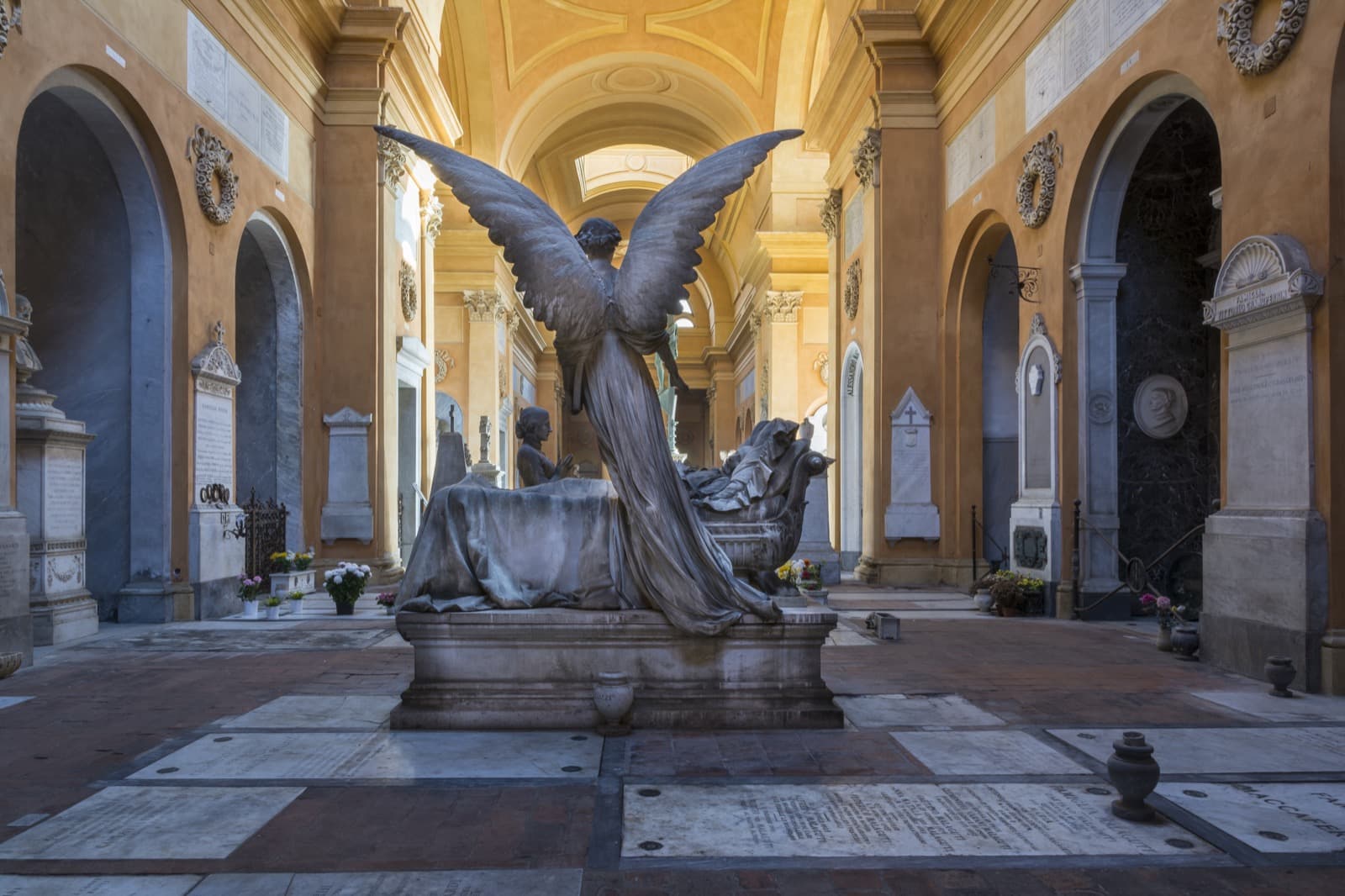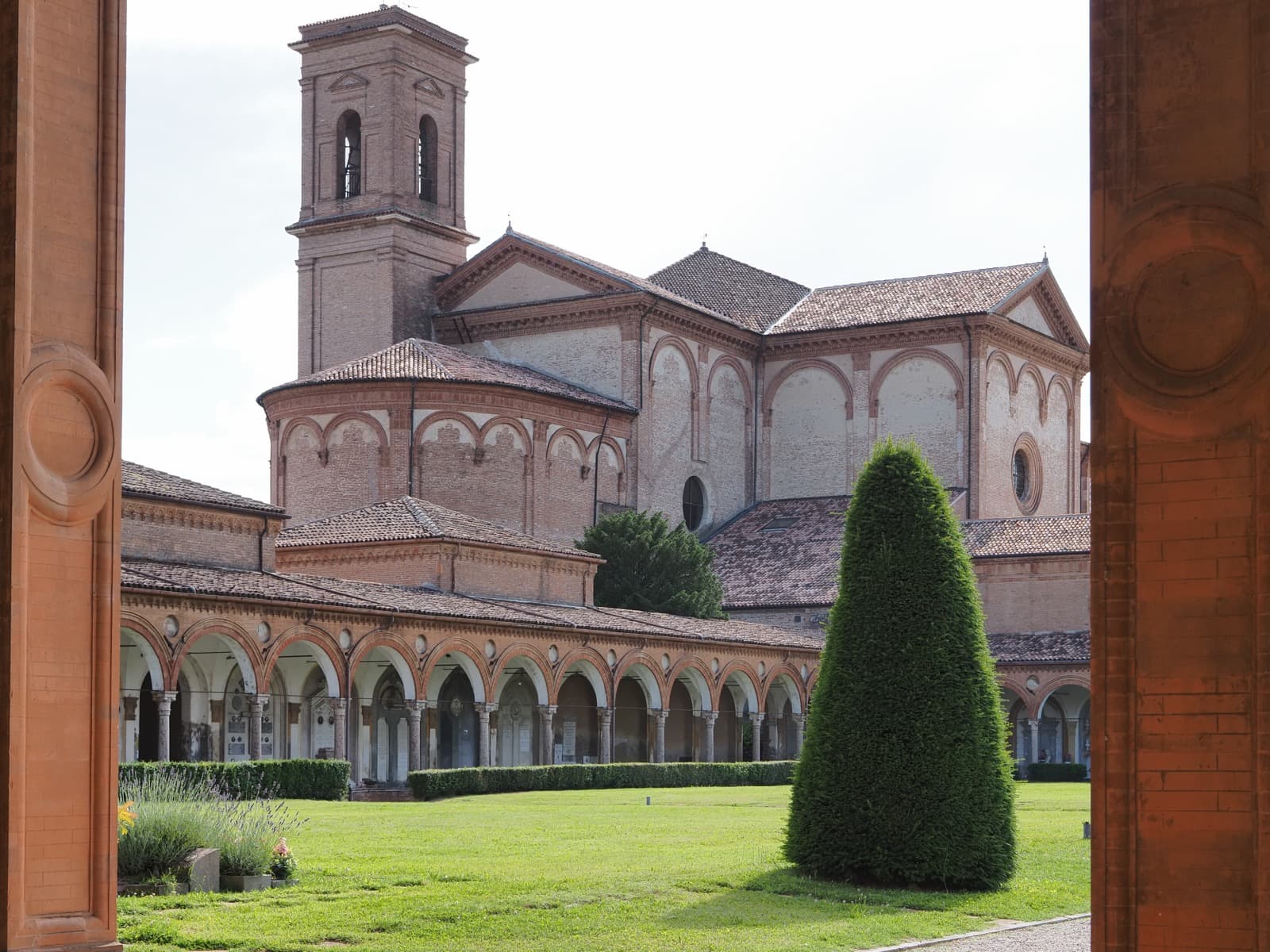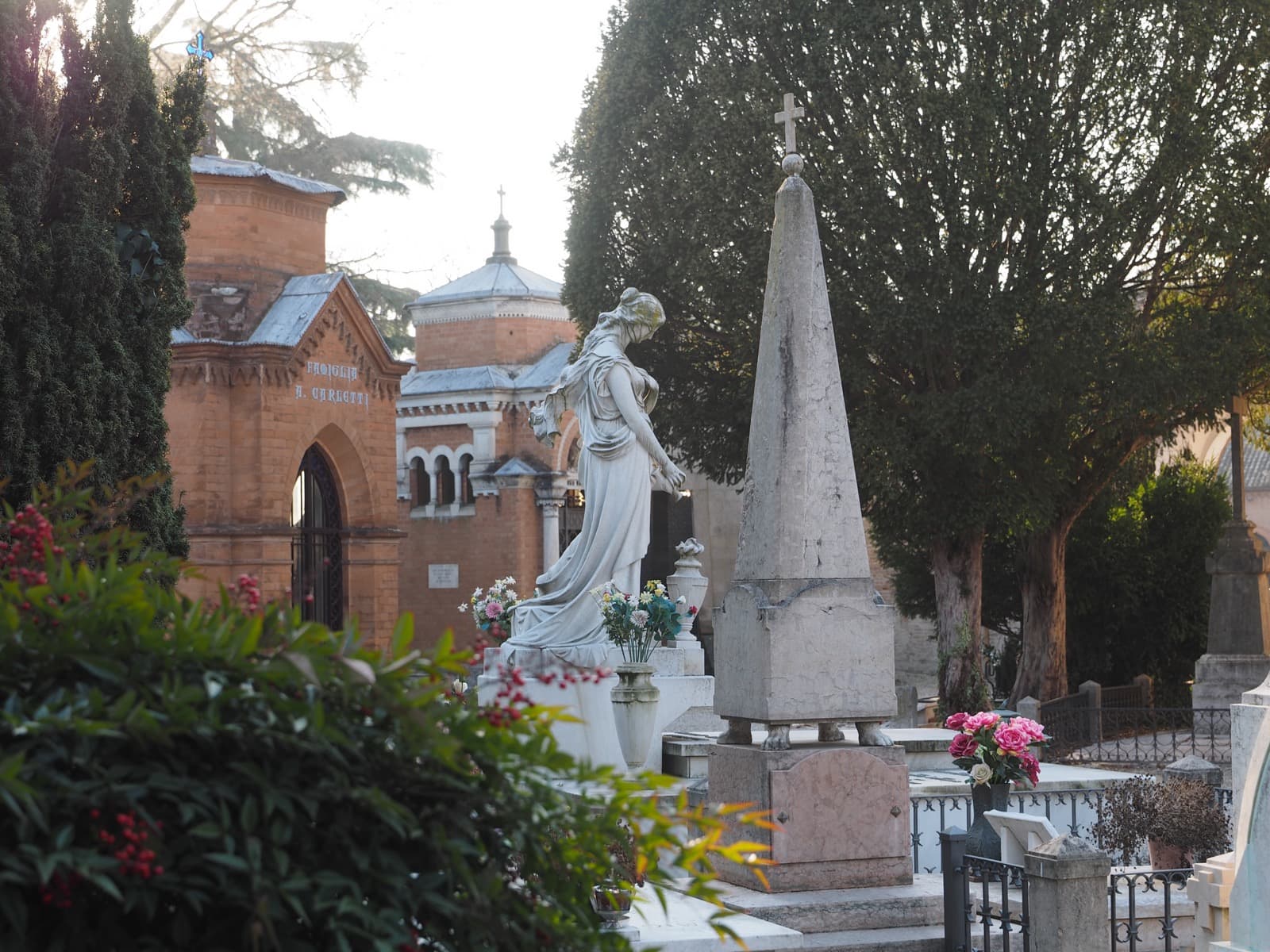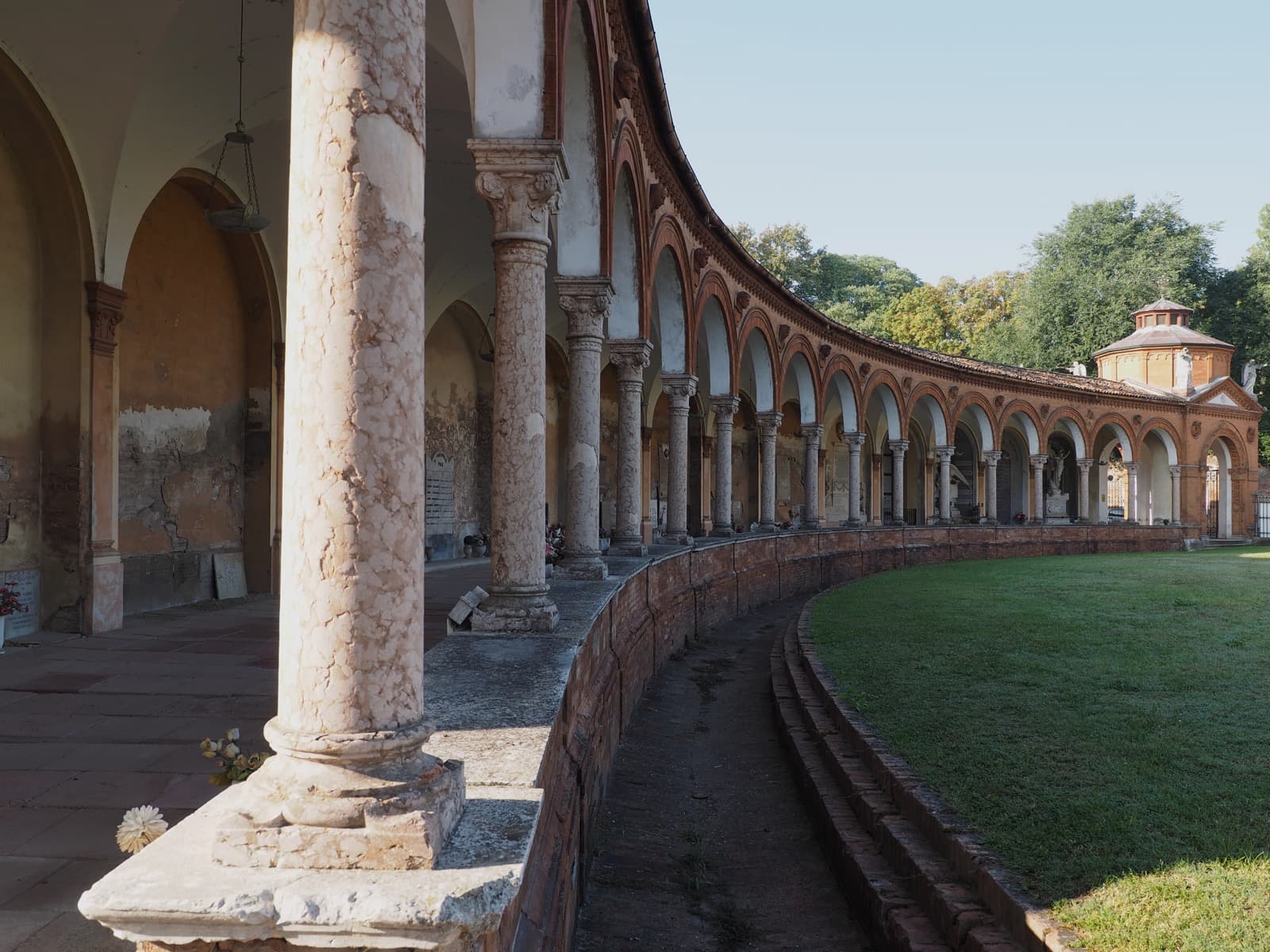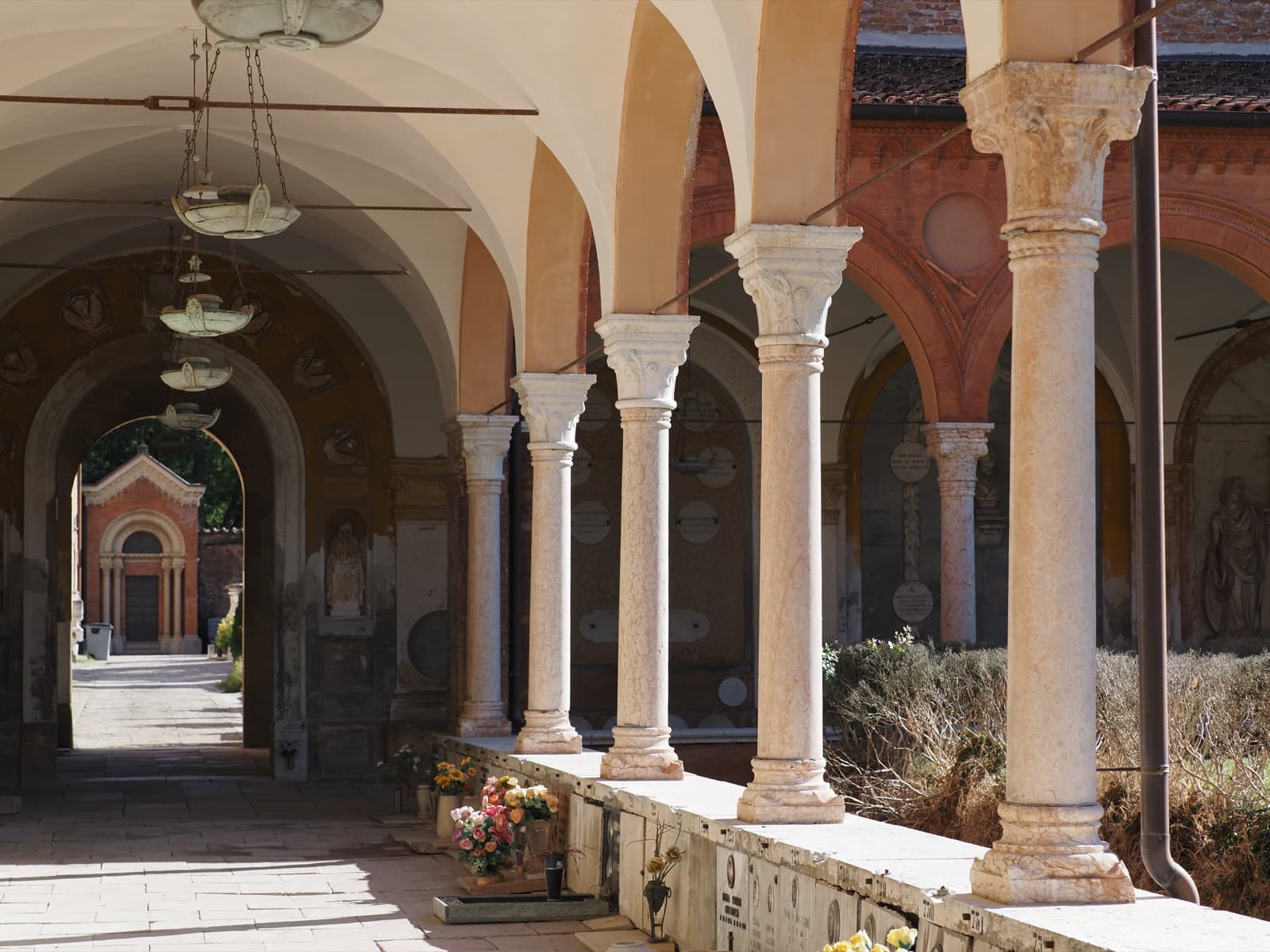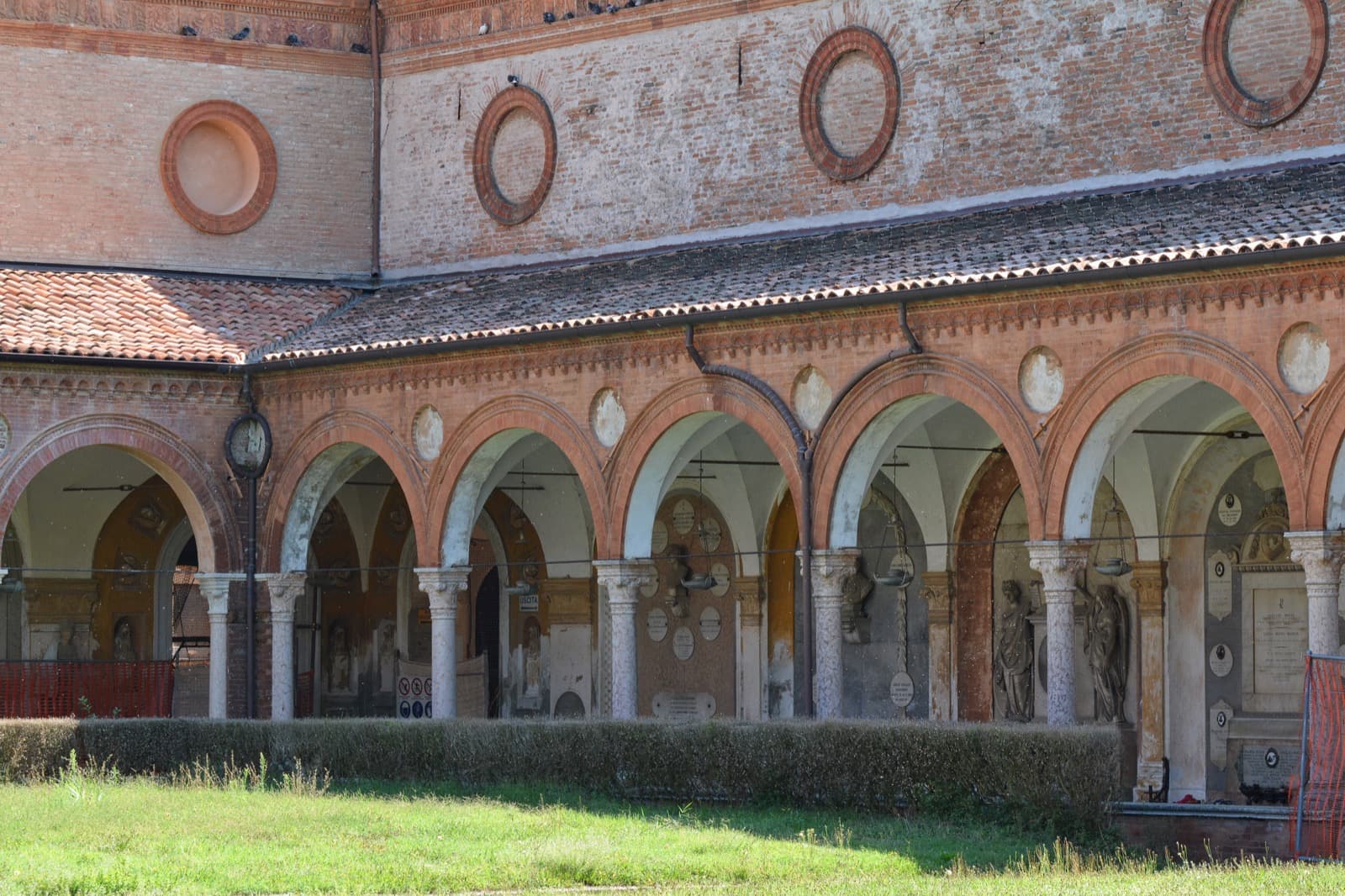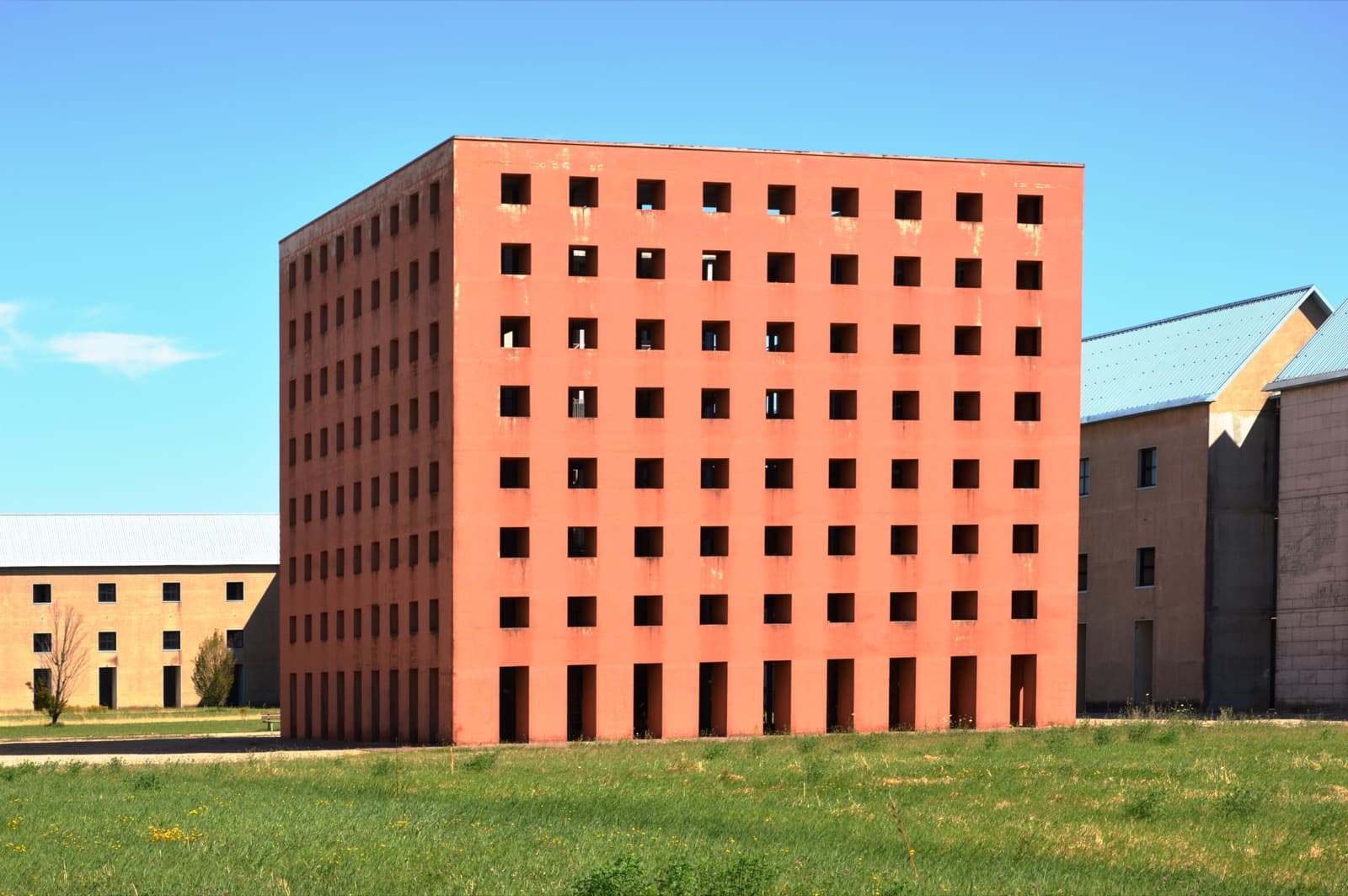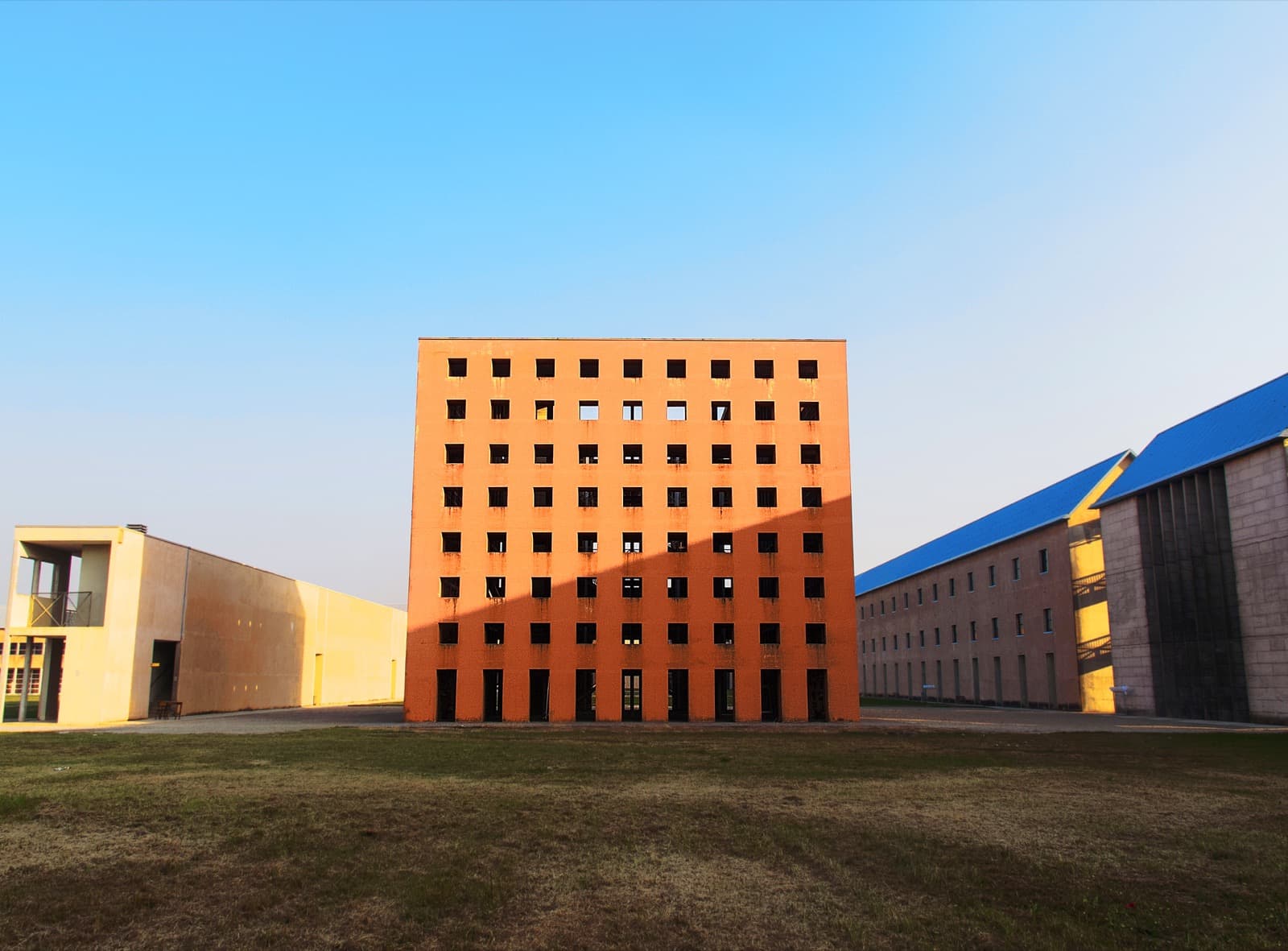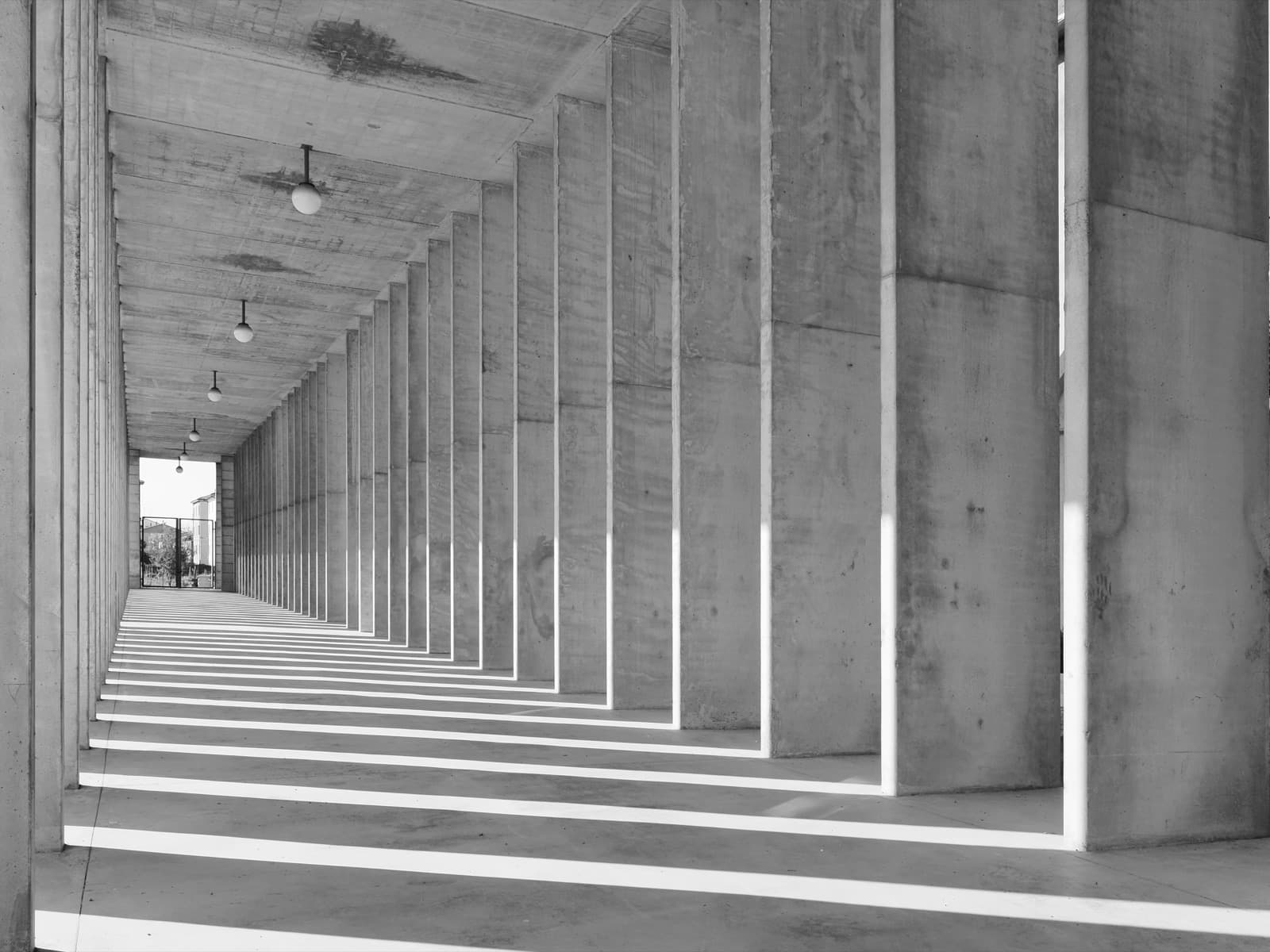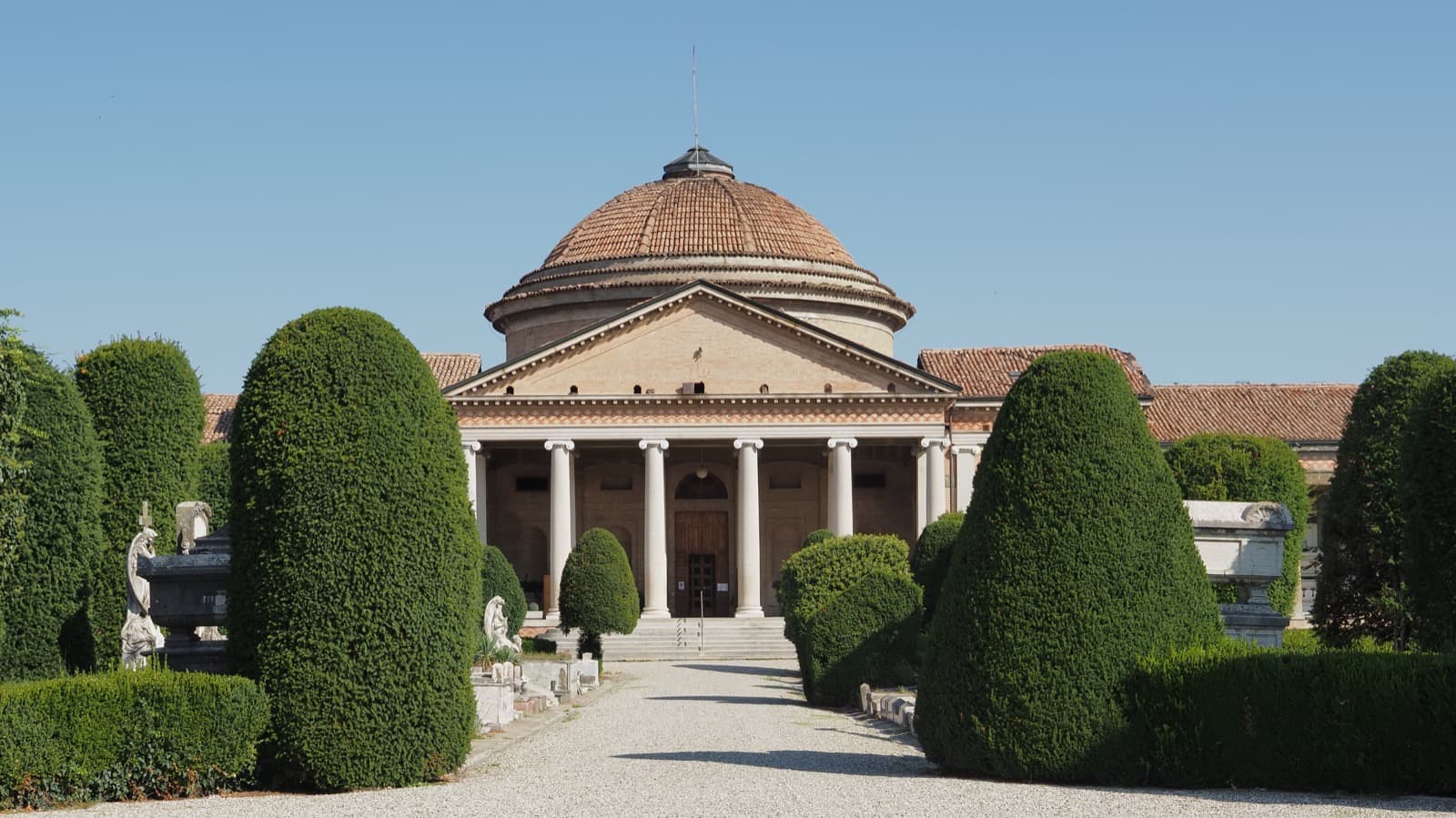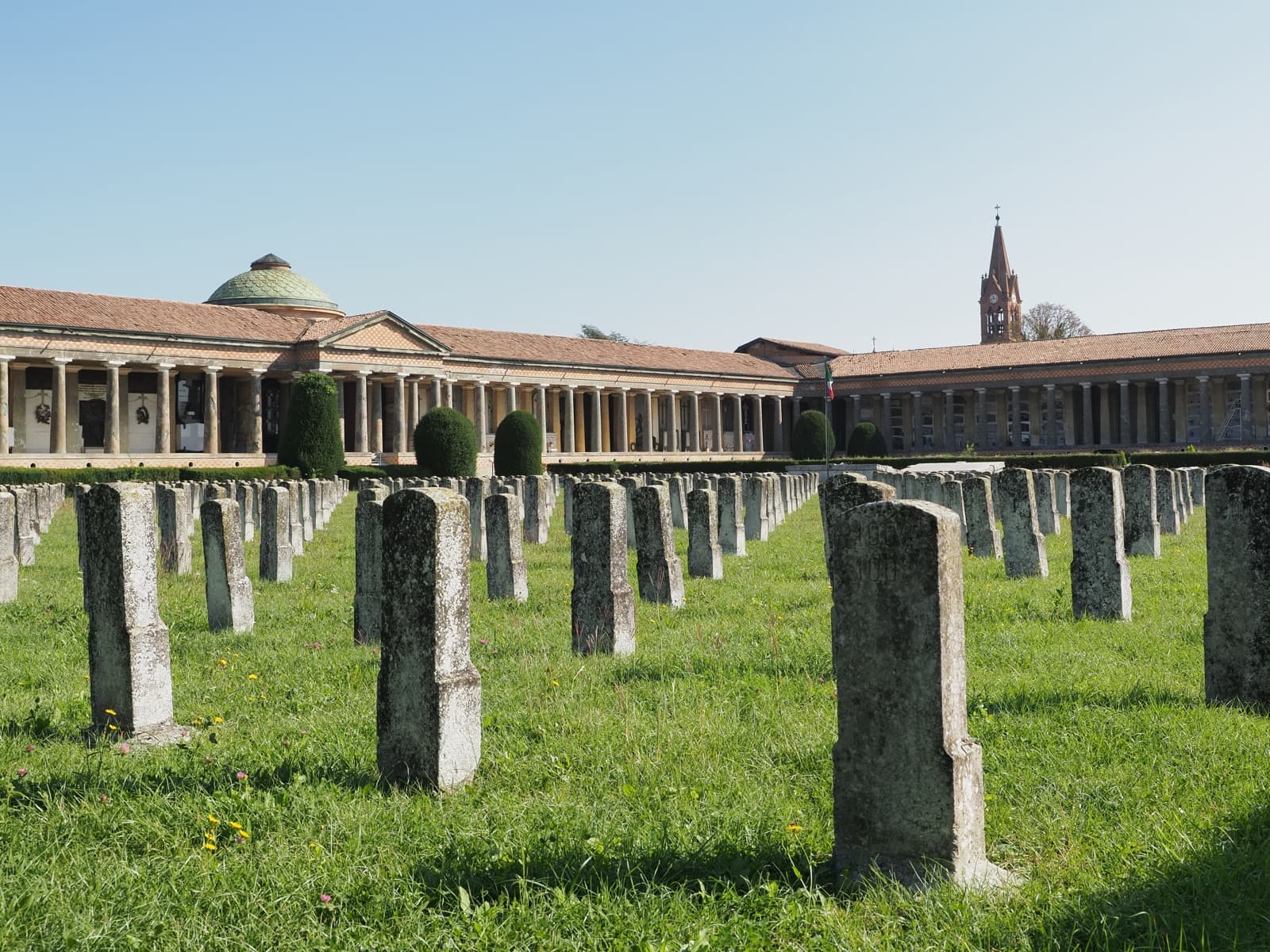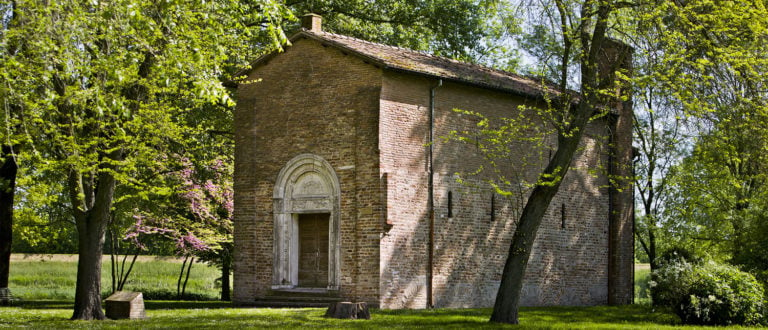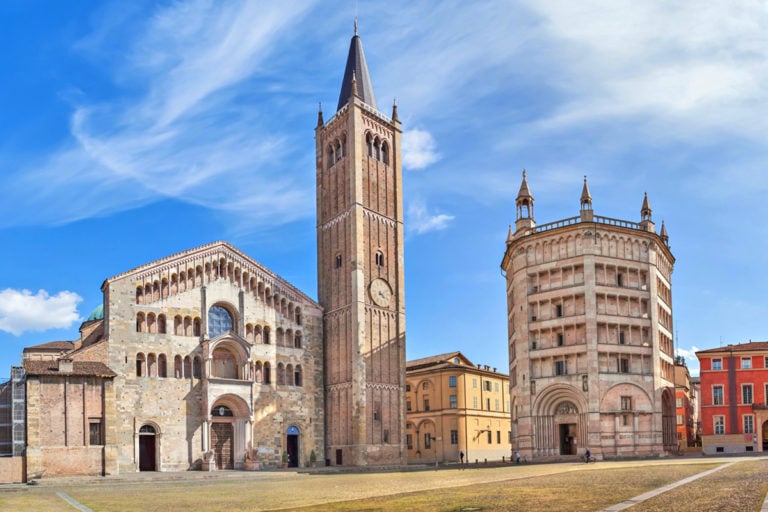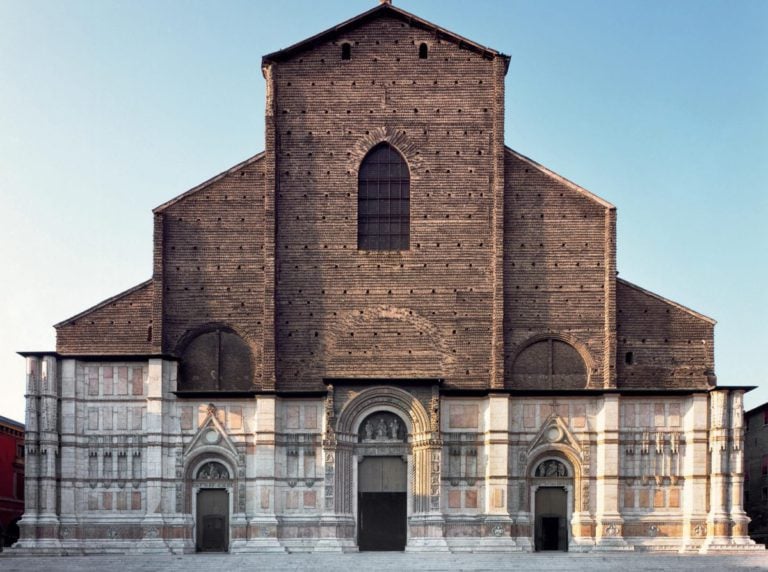Contemplative thoughts, hushed whispers: monumental cemeteries carry with them a historical and emotional burden, that barely anyone can be indifferent to that.
Here are three monumental cemeteries to visit in Emilia-Romagna to learn more about the history and memory of this Italian region.
Certosa di Bologna
The historic monumental cemetery of the Certosa di Bologna is located just outside the historic center, near the Renato Dall’Ara Stadium, and is connected to the Basilica of San Luca, on the Guardia Hill, by the long Portico of San Luca.
The Certosa di Bologna is one of the oldest cemeteries in Europe; it was in fact established in 1801 as a city cemetery after the conquest of the city by the Napoleonic troops.
It was built in an area used in Etruscan times as a necropolis – whose finds, discovered during archaeological excavations carried out between 1869 and 1873, are kept in the Civic Archaeological Museum.
From 1334 to 1796 it was occupied by the Carthusian convent of San Girolamo di Casara – whose church still houses a cycle of paintings dedicated to the life of Christ, made by the main Bolognese painters of the mid-seventeenth century.
Starting from the 1830s, the cemetery was then enriched with new spaces and cloisters, until it took the labyrinthic aspect of a real open-air museum, with precious decorations and funeral monuments.
The Charterhouse thus soon became a privileged destination for international nineteenth-century tourism – among the most famous visitors Lord Byron and Charles Dickens.
Not to be missed in particular the Third Cloister and the Seventh Cloister, which houses the tomb of the Marconi family. But in the cemetery, there are many other important figures of local and national history, including Marco Minghetti, Giorgio Morandi, Giosuè Carducci, Nicola Zanichelli, and the singer Lucio Dalla.
DISCOVER MORE ABOUT CERTOSA DI BOLOGNA
Certosa di Bologna | Credit: pio3, via ShutterStock
Certosa di Bologna | Credit: starmaro, via ShutterStock
Certosa di Bologna | Credit: Gaia Conventi, via ShutterStock
Certosa di Bologna | Credit: Renata Sedmakova via ShutterStock
Certosa di Bologna | Credit: starmaro, via ShutterStock
Certosa di Ferrara
The historic monumental cemetery of the Certosa di Ferrara is located within the city walls, in the area of the so-called Addizione Erculea (Renaissance Addition).
Founded as a Carthusian monastery in 1452 at the behest of Borso d’Este, the complex originally stood outside the walls: in that period the walls were located in the current Corso della Giovecca.
The monastery was incorporated within the Herculean Addition only in 1498, the same year in which the famous Ferrara’s architect Biagio Rossetti designed the Church of San Cristoforo alla Certosa, still included in the monumental complex.
After the monastery was closed because of the Napoleonic suppressions, the area was used as a military barrack, until it acquired its current role of city cemetery in 1813, when it was purchased by the Municipality of Ferrara.
Inside, liseveral personaties who have made the history of the Este city are celebrated in their eternal rest, from Duke Borso d’Este to the painter Giovanni Boldini, from Filippo de Pisis to Gaetano Previati, up to the director Michelangelo Antonioni.
The Charterhouse of Ferrara can be discovered by following 3 thematic itineraries:
- Stories of Ferrara: burials of personalities who, with their biographical profile and their professional activity, helped to develop and tell the history of Ferrara (Video).
- The Seven Arts: burials of poets, writers, architects, painters and film directors with a national and international profile (Video).
- The Sacred Beauty: a selection of precious burials and other relevant elements of funerary and religious iconography and iconology (Video).
DISCOVER MORE ABOUT CERTOSA DI FERRARA
Certosa di Ferrara | Credit: Gaia Conventi, via ShutterStock
Certosa di Ferrara | Credit: Gaia Conventi, via ShutterStock
Certosa di Ferrara | Credit: Gaia Conventi, via ShutterStock
Certosa di Ferrara | Credit: Gaia Conventi, via ShutterStock
Certosa di Ferrara | Credit: Fabio Caironi, via ShutterStock
PARTOUR App allows you to visit interactively the Certosa di Ferrara. It is free and also available offline.
You can download it from the App Store or Google Play.
Cimitero di San Cataldo a Modena
Modena (MO), Cimitero di San Cataldo - Ossario progettato da Aldo Rossi | Credit: AJ165, via ShutterStock
Modena (MO), Cimitero di San Cataldo - Ossario progettato da Aldo Rossi | Credit: oltrelautostrada, via ShutterStock
Modena (MO), Cimitero di San Cataldo, Parte nuova progettata da Aldo Rossi | Credit: Gaia Conventi, via ShutterStock
Modena (MO), Cimitero storico monumentale di San Cataldo | Credit: Gaia Conventi, via ShutterStock
Modena (Mo), Cimitero storico monumentale di San Cataldo | Credit: Gaia Conventi, via ShutterStock
The San Cataldo cemetery in Modena comprises the monumental cemetery built in the years 1858-1876 by the architect Cesare Costa and the new part, the work of the famous Milano’s architect Aldo Rossi with Gianni Braghieri.
This work, created between 1971 and 1987 in a rationalist-metaphysical style and only partially completed as compared with the project, is considered a masterful expression of Rossi’s poetics.
A portal, cut as a gate in the surrounding wall, allows access to a “surreal” city, where – in the intention of Rossi himself – the private relationship with death becomes a civil relationship with the institution.
The link between the city of the living and the city of the dead is evident above all from the drawings that the shadows make in the spaces of the cemetery, which recall the shadows of the arcades typical of the Emilian cities.
The cemetery is located far from the city center, in the Madonnina district. It consists of a series of buildings, interspersed with large green areas.
The external enclosure is a continuous wall 13 meters high and 5 meters wide, made up of buildings; each building contains two rows of columbaria, crossed in the center by a straight path about 4 meters wide. Square windows follow one another on a regular basis in all buildings.
Inside, the large cube of the ossuary, in pierced brick color with square windows, contains the shrine of the fallen in the world wars and in the partisan struggle.
The historic monumental cemetery is instead formed by a large rectangular quadriportico with long corridors and Doric columns.
At the main entrance, there is the mausoleum-shrine of the fallen in the liberation struggle in World War II, at the center of which is installed the sculpture A battle: for the partisans made in 1971 by Arnaldo Pomodoro.
This part of the cemetery hosts also some famous personalities for Modena and world history, such as Enzo Ferrari, alongside his son Dino.
Author
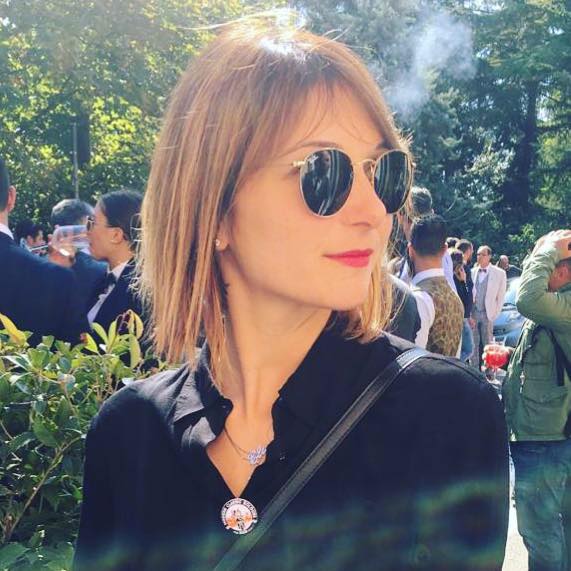
Elisa Mazzini
Social Media Manager for @inEmiliaRomagna and full-time mom.
You may also like
The most beautiful Parish Churches in Emilia-Romagna
by Davide Marino /// February 28, 2019
The Most Beautiful Churches and Cathedrals in Emilia-Romagna
by Davide Marino /// September 20, 2018
Churches in Emilia Romagna: the most beautiful façades
by Davide Marino /// April 23, 2020

Interested in our newsletter?
Every first of the month, an email (in Italian) with selected contents and upcoming events.
